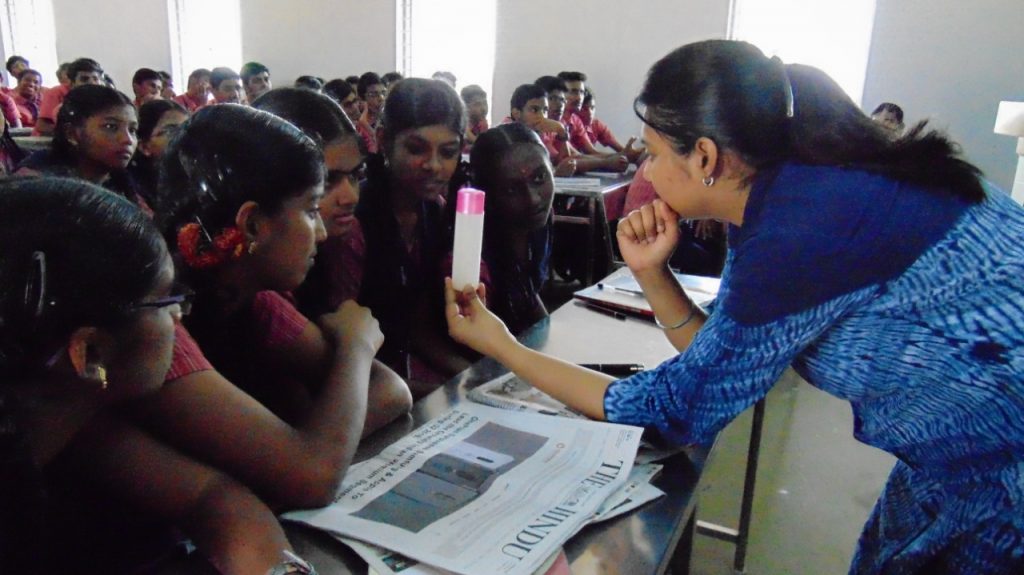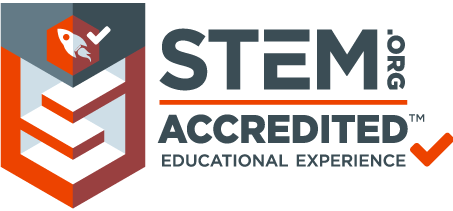Hands-On Teaching Approach – Activities
Students can learn mathematics and sciences effectively, if basic Mathematics and Sciences concepts are taught to them using activity oriented (Hands-on) method of teaching. Mathematics and Science are practical and activity oriented and can best be learnt through inquiry based method. The impact of Hands-on-approach on the students’ academic performance is definitely more promising than traditional teaching methodology.
Hands-on-approach is a process of instruction where students are directed to gain knowledge by self-experience. This means gives the students the opportunity to manipulate the objects while studying, for instance, plants, rocks, water, magnetic field, scientific instruments, calculators and shapes or it can be an exhibit. In fact, it is a process of doing mathematics and science where students become active participants in the classroom. Also the total learning experience of a student will enhance the child’s ability to think critically.
Through hands-on-approach, students are able to relate with real life examples and observe the effects of changes during the activity. It offers concrete illustrations of concepts. This method is learner-centred and it allows the learner to see, touch and manipulate objects while learning as mathematics are more of seeing and doing than hearing; so also with science that advocates “do it yourself”. As the average retention rate of learning by lecture is 5% while that of practice by doing (Activity-oriented) is about 75%.It can be seen that retention rate increases progressively with the use of more interactive and activity-oriented teaching methods.
For teaching science and mathematics teachers can adopt the blend of activity based and traditional teaching in right proportion.
Core activities for students: Investigations and experiments in laboratory procedures and fieldwork such as visit to a science centre, developing of exhibits and displays by students. Drawing pictures or cartoons to portray principles and communicate the science idea and facts. These ‘hands-on’ activities support the development of practical skills, and help to shape students’ understanding of scientific concepts and phenomena.
Core activities for teachers: Teacher demonstrations and class lecture, designing and planning lesson plans for students, use of diagrams, tables, graphs, and charts for teaching, use of exhibits and displays , use of digital media, presentation and class discussion. Field visits for students to use outside classroom teaching. Use of low cost resources to make science and maths teaching learning material. The complementary activities include science-related visits, surveys, presentations and role play, simulations and games, models and modelling, group discussion, and open science lecture. They have an important role to play supporting practical work in developing understanding of science concepts.

About Author: Reema is a science educator with 7+ years of experience. She is passionately curious about science and art. She is associated with STEM since last 1 year.

